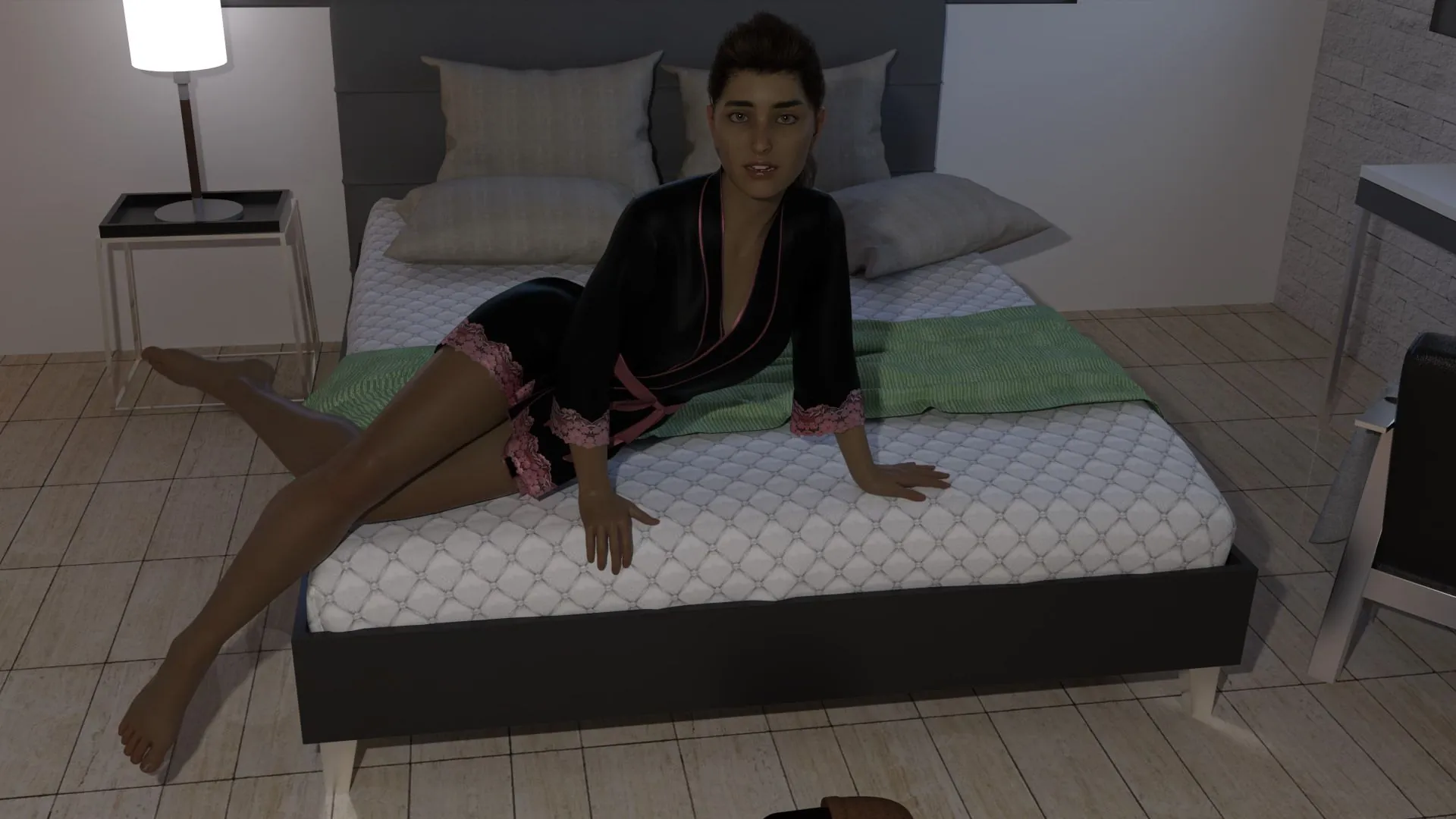
Leaving DNA
Play Leaving DNA
Leaving DNA review
Explore the Story, Gameplay, and Themes of Leaving DNA
Leaving DNA is a story-driven adult visual novel that immerses players in a dark, compelling narrative. Centered on a criminal prosecutor whose dedication to justice is tested, the game combines rich storytelling with mature themes. This article delves into the core aspects of Leaving DNA, offering insights into its plot, gameplay, and emotional depth to help you understand what makes it stand out in the genre.
What Is Leaving DNA? An Overview of the Game
Storyline and Setting
Picture this: you’re a criminal prosecutor 🕵️♂️ who lives by the book—until a gruesome murder case forces you to question everything. That’s the heart of Leaving DNA, an adult visual novel that drops you into a rain-slicked, neon-drenched city where justice isn’t black and white. 🌆 The Leaving DNA storyline unfolds in a modern metropolis rotting with corruption, where every alley hides secrets and power brokers pull strings from the shadows.
I remember my first playthrough—I went in expecting titillation and left emotionally wrecked 😭. The game masterfully blends Leaving DNA dark themes like systemic betrayal, moral decay, and psychological trauma. You’ll investigate crime scenes where DNA evidence seems too perfect, unearthing a conspiracy that implicates the very institutions you trusted. The setting isn’t just backdrop; it’s a character. From opulent penthouses to derelict labs, each location mirrors the protagonist’s crumbling idealism.
What makes this Leaving DNA game overview standout? Your choices matter. Accuse the wrong suspect? An innocent dies. Trust a shady ally? You enable a monster. One misstep reshapes the entire Leaving DNA plot summary, leading to 8 possible endings. Pro tip: keep notes ✍️. Clues hide in casual dialogues—like a witness “forgetting” timelines or a photo with spliced metadata.
Main Characters and Their Roles
The soul of this adult visual novel Leaving DNA lies in its flawed, human cast. Your protagonist isn’t some invincible hero—they’re a workaholic grappling with insomnia and vodka, clinging to ethics in a world that rewards cruelty. 😮💨 Then there’s Elena Rostova, a forensic analyst with a genius IQ and a hidden agenda. Her honeyed advice might save your case… or bury you.
But the showstopper? Marcus Thorne 💀. A philanthropist with a cult-like following, he funds your department while bankrolling the murders you investigate. I obsessed over his motives for hours—was he a sociopath or a twisted revolutionary? His charm made me second-guess my own morals, which is exactly the point. The Leaving DNA characters force you to confront uncomfortable truths: victims can lie, and villains can weep.
Here’s a quick reference to key personalities:
| Character | Role | Impact on Story |
|---|---|---|
| Protagonist (You) | Criminal Prosecutor | Your choices define justice—or expose hypocrisy |
| Elena Rostova | Forensic Analyst | Manipulates evidence; her loyalty shifts the narrative |
| Marcus Thorne | Philanthropist Suspect | Drives the central conspiracy; embodies moral ambiguity |
| Detective Vargas | Police Ally | Represents institutional decay; his fate tests your ethics |
Playing blind? Prioritize relationship-building 🧩. One run, I ignored Vargas’s drinking problems—he later sabotaged a raid. Another time, I exposed Elena’s past too early… and she vanished with critical DNA samples. The Leaving DNA characters aren’t pawns; they’re landmines.
Unique Features of Leaving DNA
Forget cookie-cutter smut—this isn’t porn with plot. The adult visual novel Leaving DNA uses mature content to dissect power dynamics 🩸. Intimate scenes reveal character vulnerabilities: a suspect’s kiss might distract you from their telltale tattoo, or a lover’s whisper could hint at police tampering. It’s never frivolous; it’s narrative weaponry.
The Leaving DNA narrative depth floored me. Branching dialogues adapt to your personality—snap at witnesses, and they withhold clues. Stay compassionate? They share damning secrets. 😲 And oh, the plot twists! I screamed when a victim I’d autopsied walked into a crime scene two chapters later. Replay value? Massive. My third playthrough uncovered an entire blackmail subplot I’d missed.
Practical tips? Embrace failure ❤️🩹. Bad endings teach more than perfect runs. One “game over” revealed how a rushed arrest let the real killer manipulate media—a detail that saved my next case. Also: disable autoplay. The soundtrack’s subtle cues (like dissonant strings during alibis) are cheat codes for lie detection.
Lastly, the Leaving DNA game overview isn’t complete without praising its moral weight ⚖️. You’ll leave sessions haunted—not by gore, but by questions like “Would I bury evidence to save a life?” or “Is justice even possible?” That’s the magic. It doesn’t entertain; it implicates you. 🔥
Leaving DNA offers a gripping experience through its intense storyline and well-crafted characters. Its exploration of justice and moral ambiguity sets it apart in the adult visual novel genre. Whether you are drawn to deep narratives or complex character interactions, Leaving DNA provides a thought-provoking journey. Dive into the game to experience its unique blend of storytelling and emotional challenge firsthand.
















